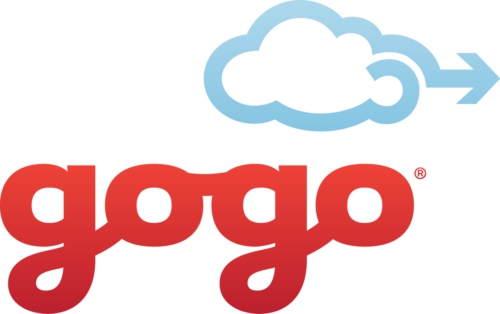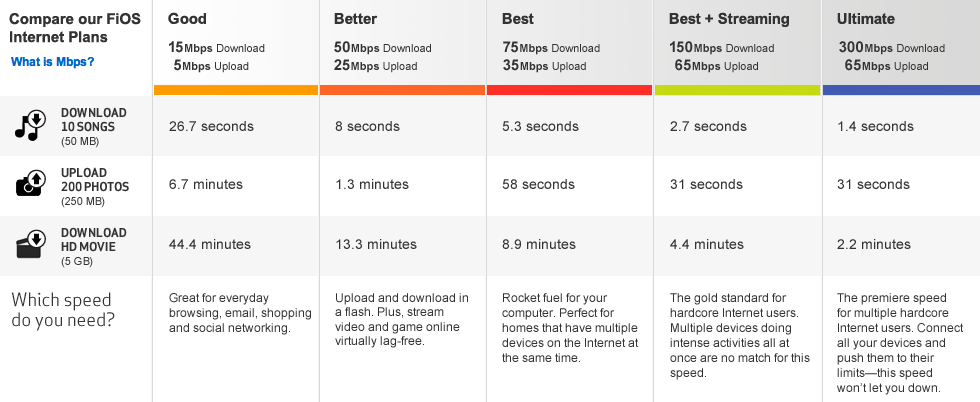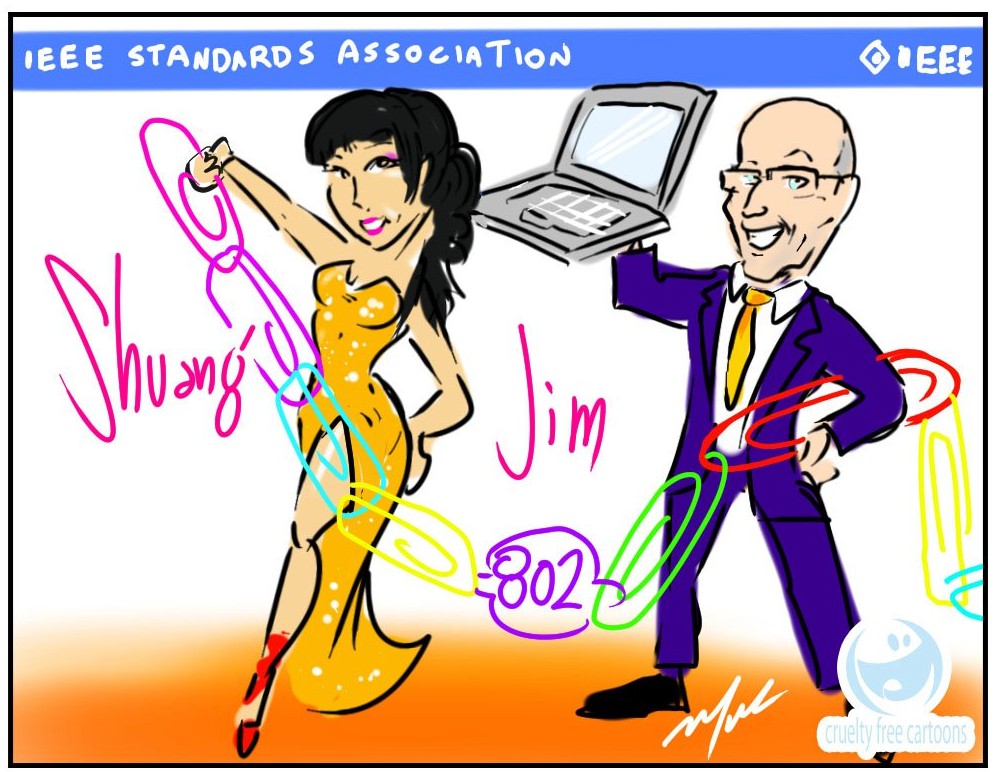
Gogo announces new Ground to Orbit network to bring 60 Mbps internet to US flights next year

Inlfight internet service Gogo announced today that it plans to bring new technology to partner airlines in the US that will provide more than 60 Mbps starting with Virgin America flights in the second half of next year. Dubbed “Gogo GTO” or “Ground to Orbit,” the new service offers a 20-fold increase in speeds up from the peak 9.8Mbps delivered through Gogo’s current network.
“Because we are a Silicon Valley-based airline, Virgin America guests expect a fully connected in–flight experience that enables them to remain productive even at 35,000 feet,” said President and CEO of Virgin America David Cush. “We were proud to be the first to offer Gogo’s ATG-4 product last year and we are pleased to be the launch partner for GTO, which will be another leap forward in terms of speed and performance of in–flight Wi-Fi for our guests.”
Gogo will first have to get FAA approval before rolling out next year. But when it does, this is how it will work:
Gogo will be utilizing a Ku antenna developed specifically for receive only functionality. The advantages of using satellite for reception only and Gogo’s ATG Network for the return link are unprecedented. Existing two-way satellite antennas in the commercial aviation market have limited power for transmissions so they don’t interfere with other satellites. This dynamic makes the connection from the aircraft to the ground using two-way satellite an inefficient and expensive return link compared to Gogo’s ATG Network. Gogo’s receive only antenna will be two times more spectrally efficient and half the height of other antennas in the commercial aviation market. The low profile of the antenna will result in much less drag and therefore fuel burn on the aircraft and, ultimately, greater operational efficiencies for airlines.


